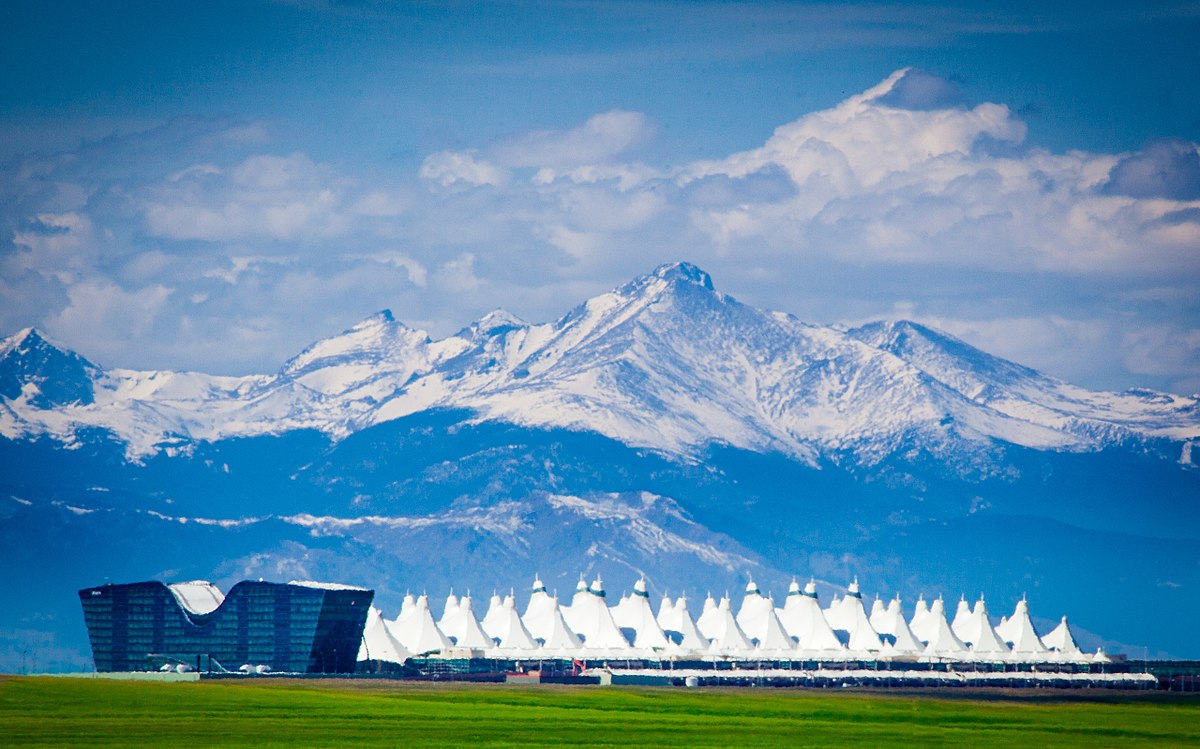## Hold onto your pretzels, gamers! The skies just got a whole lot bigger.
Forget cramped seats and endless legroom envy – Lufthansa has just landed in Denver with a behemoth of an aircraft, the Airbus A380, and it’s enough to make even the most seasoned traveler feel like they’ve stepped into a flying fortress.

This isn’t just any plane; it’s the world’s largest passenger jet, capable of carrying over 850 souls across continents.
Intrigued? Read on to discover what it’s like to experience the A380’s grandeur, from its sprawling upper deck to the gourmet meals on offer. Buckle up, it’s going to be a wild ride!DIA’s Size and Scope: Second Largest Airport in the World

Denver International Airport (DIA), a marvel of modern aviation, stands as the second largest airport globally by land area, sprawling across an impressive 33,531 acres. This vast expanse, larger than the entire city of Manhattan, underscores DIA’s ambition and capacity to handle a staggering volume of air traffic.
Beyond its sheer size, DIA boasts a network of 100 gates, 128 aircraft parking stands, and an extensive array of amenities, making it a true transportation hub. Runway 16R/34L, stretching an unprecedented 16,000 feet, is the longest public use runway in North America and solidifies DIA’s position as a major gateway for international flights.
Beyond the A380: A Diverse Array of Airlines and Destinations
DIA’s allure extends beyond the arrival of the behemoth Airbus A380. The airport serves as a vital hub for numerous airlines, connecting travelers to over 215 destinations across the Americas, Europe, and Asia. This impressive network caters to a wide range of travel needs, from business trips to leisure explorations.
United Airlines, a prominent carrier, has established DIA as a major hub, while Frontier Airlines and Southwest Airlines utilize DIA as their largest operating bases. The airport’s diverse airline roster reflects its commitment to providing comprehensive connectivity for passengers.
A Gateway to the Rockies: Tourism and Economic Impact
The arrival of the A380 at DIA underscores the airport’s growing importance as a gateway to the breathtaking Rocky Mountains. The airport’s strategic location, coupled with its extensive flight network, positions it as a prime entry point for tourists flocking to Colorado’s iconic landscapes.
DIA’s economic impact extends far beyond tourism. It is the largest employer in Colorado, providing jobs for over 40,000 employees. The airport’s growth and development contribute significantly to the state’s economy, generating revenue and supporting local businesses.
The Future of Air Travel in Denver
The arrival of the A380 at DIA signifies a pivotal moment in the airport’s evolution, hinting at a future characterized by increased passenger capacity and expanded global connectivity.
The A380’s Potential: Expanding Passenger Capacity
The A380, with its unparalleled capacity to carry over 500 passengers, presents DIA with an opportunity to accommodate the growing demand for air travel. This aircraft will undoubtedly enhance the airport’s ability to handle peak travel periods and cater to large passenger volumes.
Sustainability Concerns: Balancing Growth with Environmental Impact
As DIA continues to expand its operations, it is crucial to address the environmental impact of increased air traffic. The airport is actively pursuing sustainable practices, such as investing in renewable energy sources and implementing fuel-efficient technologies, to minimize its carbon footprint.
DIA’s Continued Evolution: New Terminal Plans and Beyond
DIA is embarking on ambitious plans to expand its facilities, including the construction of a new terminal. These developments will further enhance the airport’s capacity, improve passenger experience, and solidify its position as a global aviation hub.
Conclusion
The arrival of Lufthansa’s Airbus A380, the world’s largest passenger jet, in Denver marks a significant milestone for the city’s aviation landscape. This monumental aircraft, boasting a capacity for over 500 passengers, signifies Lufthansa’s commitment to expanding its service and connecting Denver to a wider network of international destinations. The article highlights the logistical challenges and infrastructure upgrades required to accommodate this colossal aircraft, showcasing Denver International Airport’s ability to handle such large-scale operations. The implications of this event extend beyond the realm of aviation. It underscores Denver’s growing stature as a global hub, attracting major airlines and enhancing its accessibility to international travelers. This influx of passengers is anticipated to boost Denver’s tourism and business sectors, propelling the city’s economic growth. As we look ahead, the arrival of the A380 paves the way for a future where air travel becomes even more efficient and interconnected, bridging continents and cultures with unprecedented ease. The skies above Denver have just gotten a whole lot bigger, and the possibilities they hold are truly boundless.
